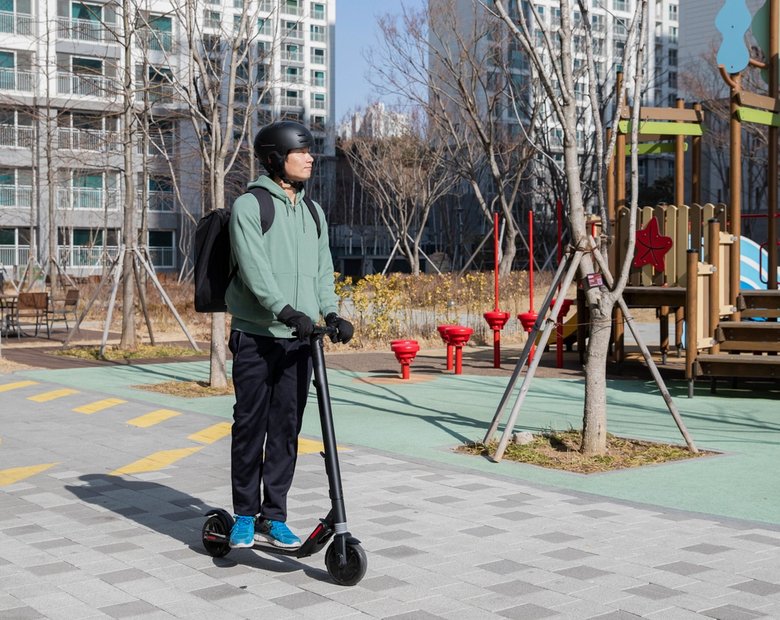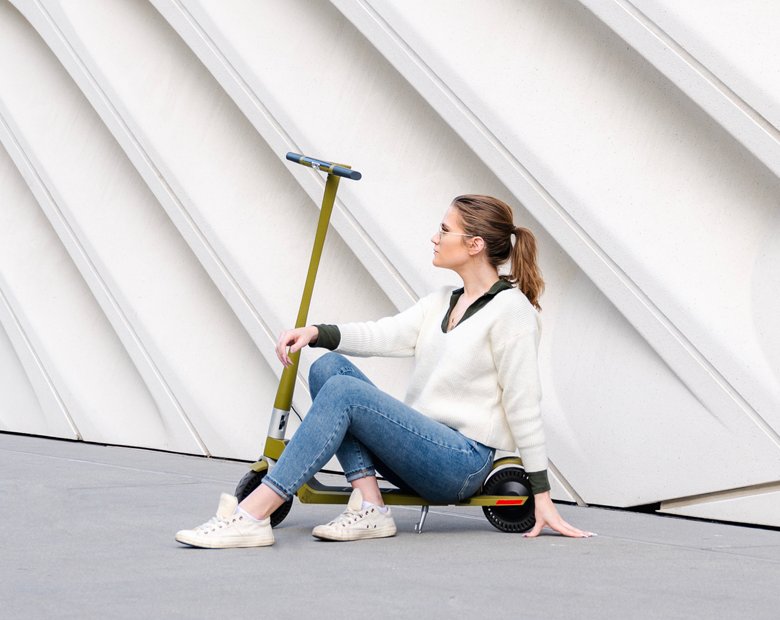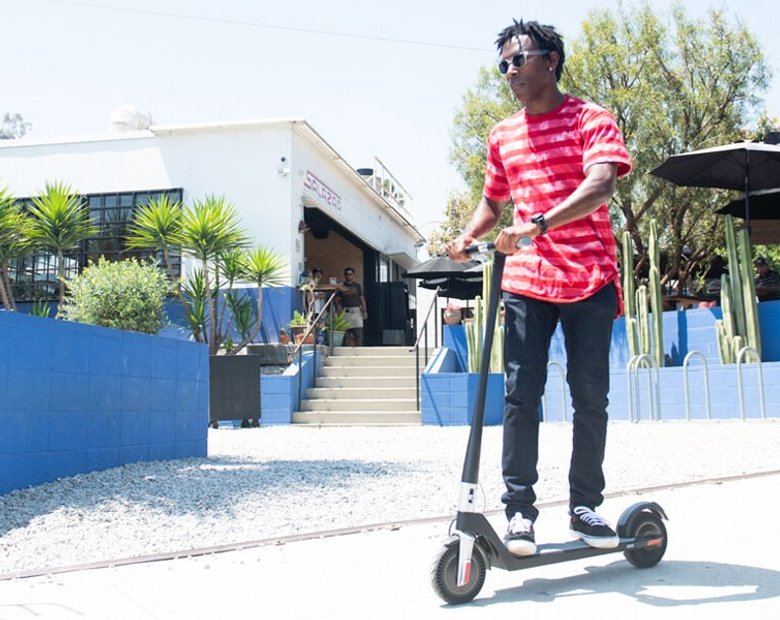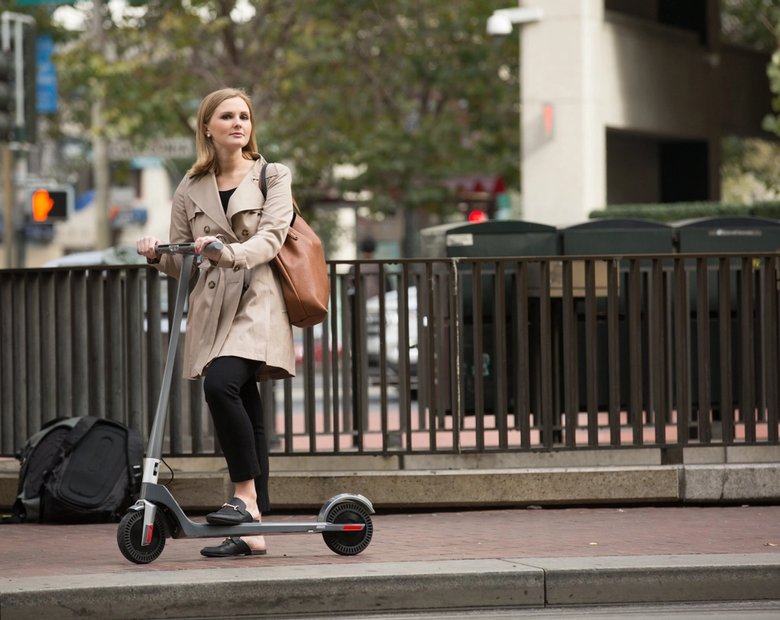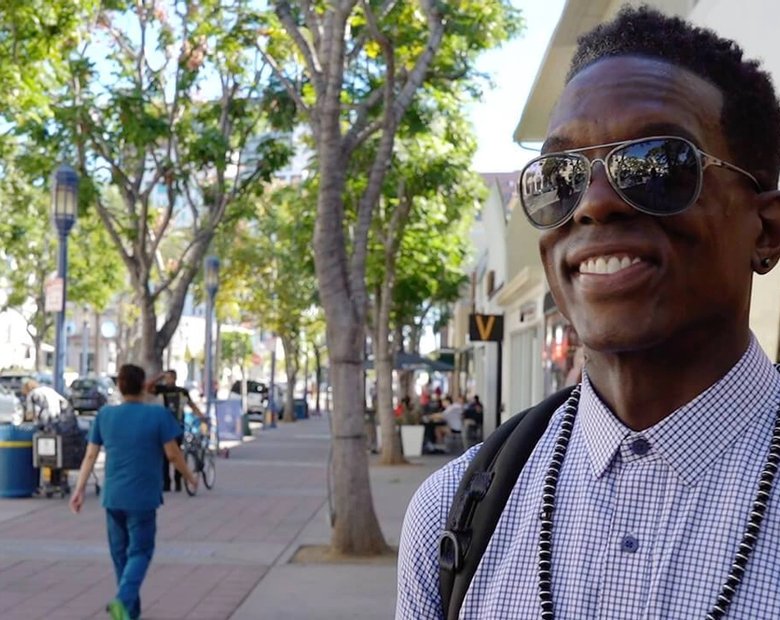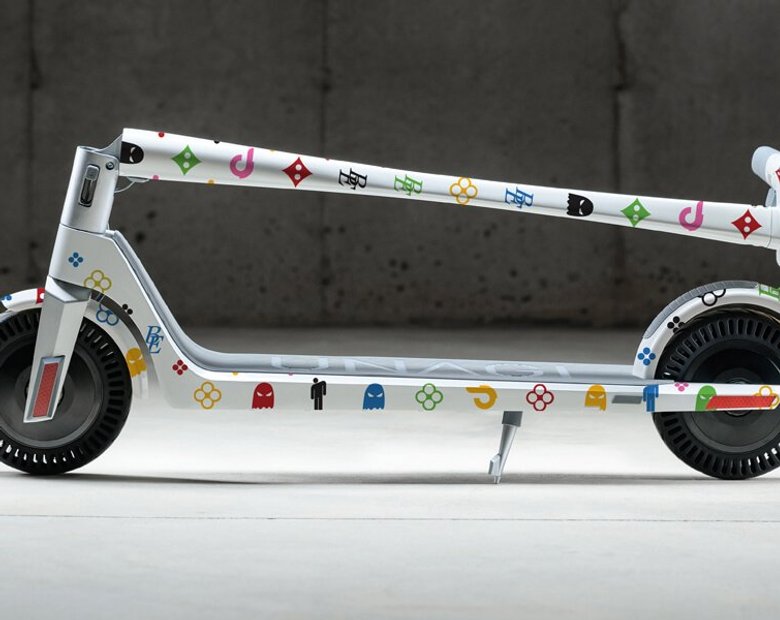Two of the most common types of motor fitted to an electric scooter are:
Brushless DC motor (BLDC)
-and-
Brushed DC motor
When you're checking out the spec of an electric scooter, you will often find it has a BLDC motor, also known as a brushless motor. While other electric scooters will have brushed DC motors.
But what exactly is a brushless motor, and what is a brushed motor?
There's many reasons why it's important for you to know something about how electric scooter motors work.
When you're looking for a powerful electric scooter motor - you need to know why a BLDC motor is your best bet for a reliable daily commute. And how much power you really need.
Not all motors are the same, or have similar timed power distribution and motor voltage.
Having a BLDC motor can significantly enhance scooter performance, efficiency and reliability, including:
- Power consumption
- Sustained power
- Maximum power
- Speed control
- Lifespan
This article will explain the many advantages (and the odd disadvantage) of a BLDC motor.
Particularly if you're considering signing up to ride an electric scooter as a practical, and more stylish transport alternative for your daily work commute.
Let's dive in ...
Brushless DC motors
BLDC stands for BrushLess DC
Firstly, some glossary....
What does DC mean?
DC stands for Direct Current. A Direct Current constantly flows in a single, uninterrupted direction between two poles.
This is different from AC current.
AC stands for Alternating Current. An Alternating Current periodically changes its direction of flow between two poles.
Advantages of a DC motor are:
- Extended long-range efficiency
- More power output
- Lower transmission cost
- Higher reliability

Hub motor power
In the world of electric scooter motors, you often find the brushless DC motor and brushed DC motor are also referred to as hub motors.
This means an electric 'hub' motor is:
- Installed directly onto each wheel of your e scooter. Motor power is completely integrated with the wheel for powering forward movement.
As with electric-powered bikes and other micromobility vehicles, your e scooter will have an onboard battery to supply the motor with an electrical charge.
But here's where your e scooter is different...
Geared hub motors
The battery charge for e-bikes tends to be sent to a single motor for powering all the wheels, using gears or chains. This is known as a:
Chain drive motor or geared motor. Here, movement is created inside the motor and transferred to the wheel via mechanical power - a chain and gear mechanism.
Gearless hub motors
Electric scooters are generally powered by a gearless hub motor, a different motor technology, entirely.
A gearless motor (also known as 'direct drive') - uses electromagnets, which turns the wheel directly to move forward.
The (BLDC) brushless motor explained
BLDC brushless motors work by using a set of permanent magnets and electronic commutators (switching units) to control the current in the motor windings.
Movement is caused by the principle of:
- A current-carrying conductor placed in a magnetic field is subject to a force.
- In reaction, the magnet will be subject to an equal and opposite force.
In the BLDC motor, the current-carrying conductor is fixed (stationary), and the permanent magnet is moving.

Electronic motor commutation
A brushless DC electric motor is also known as an electronically commutated motor (ECM or EC motor).
How it works is this...
A brushless motor has a permanent magnet attached to a moving component (known as the rotor) which rotates against a fixed stator (wound-wire motor coils, known as armatures).
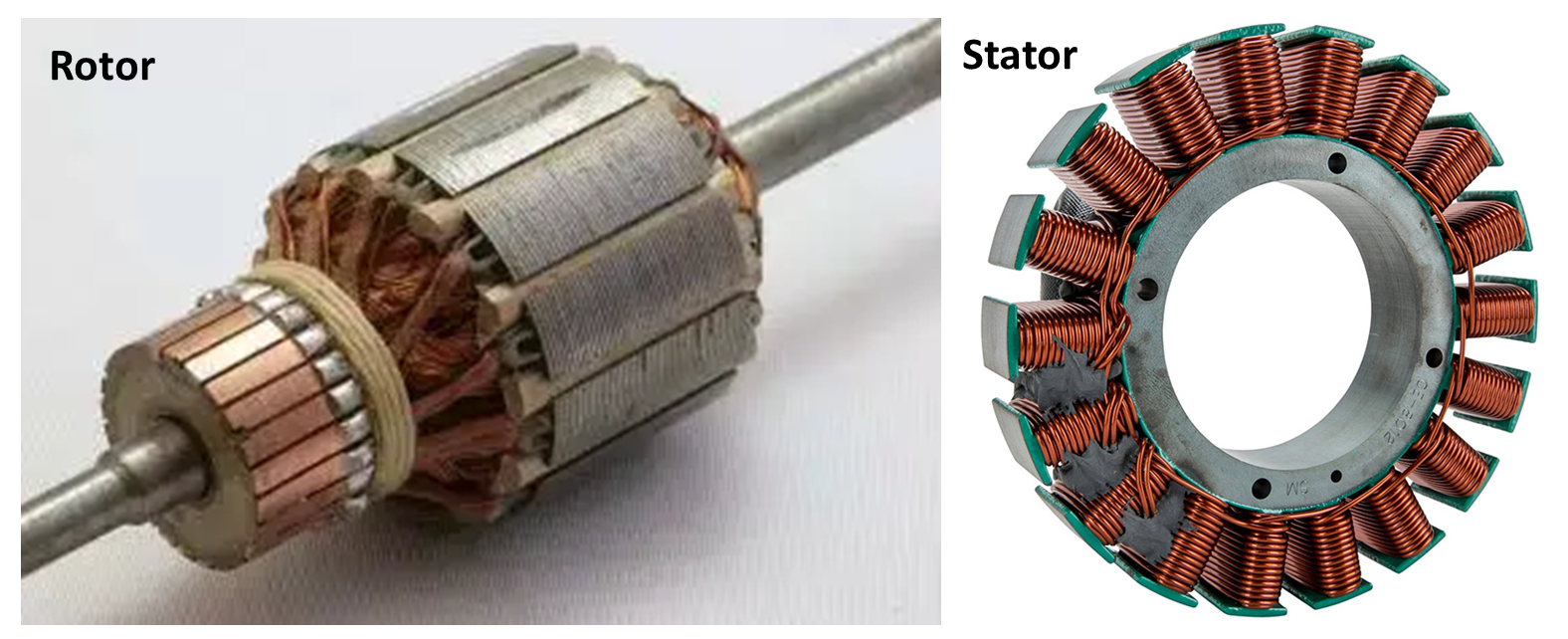
Energy flows through the stator, to or from the moving rotor. This creates an electromagnetic field in the air gap of the wire windings. The DC current automatically switches.
The force of interaction between electromagnet stator and permanent magnet rotor, causes the rotor to continually rotate.
Brushless motor commutation replaces the more traditional type of motor used in electric scooters - the brushed motor.
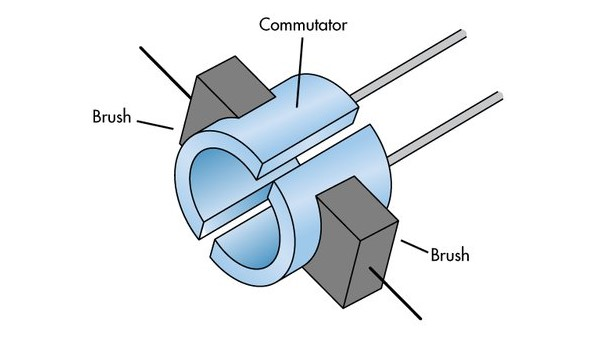
About the older brushed motor type
The 'brushes' in a brushed motor are two small carbon terminal blocks, which conduct the electrical current between the fixed stator and the rotating disc of the rotor wires.
When the brushes make contact, they switch the current in the motor windings. This causes the rotor to spin.
Disadvantages of brushed motors include:
Lower efficiency
Brushed motors are not as efficient as BLDC motors, because brushes create friction and heat. An increase in motor temperature can reduce the range of an electric scooter by up to 20 per cent.
Less reliable
Brushes wear out over time, which can cause the motor to lose power or even fail completely.
More noise
Brushed motors are also noisier than BLDC motors, because brushes create vibration.

BLDC motors with electronic controller
Increasingly, electric scooters today have gone one step further. Many brushless DC motors now no longer have electronic motor commutation.
The commutation system was used to switch the current in the motor windings, which causes the rotor to spin. Over time, friction and wear would reduce the efficiency and reliability of the motor.
Now an electronic controller replaces both the carbon brushes of the previous brushed motor AND the commutator of the current brushless motor. Making the motor more efficient, reliable, and quieter.
Digital switching circuitry
The electronic controller on a BLDC motor uses a switching circuit to activate the motor windings in a specific sequence. The activation sequence generates a rotating magnetic field, which causes the rotor to spin.
Digital switching circuitry on a BLDC motor is an essential component of its operation.
Brushless DC motors with sensors
Your brushless DC motor will either have:
- Hall-effect sensors - which always know the position of the motors, even after a period switched-off.
-or-
- Sensorless back-EMF (BEMF) - capable of drawing a sufficient current to develop the torque needed for the mechanical load. Sensorless motors require slight movement to detect position (known as ‘rotor jitter’, that's unsuited to high-torque demand).
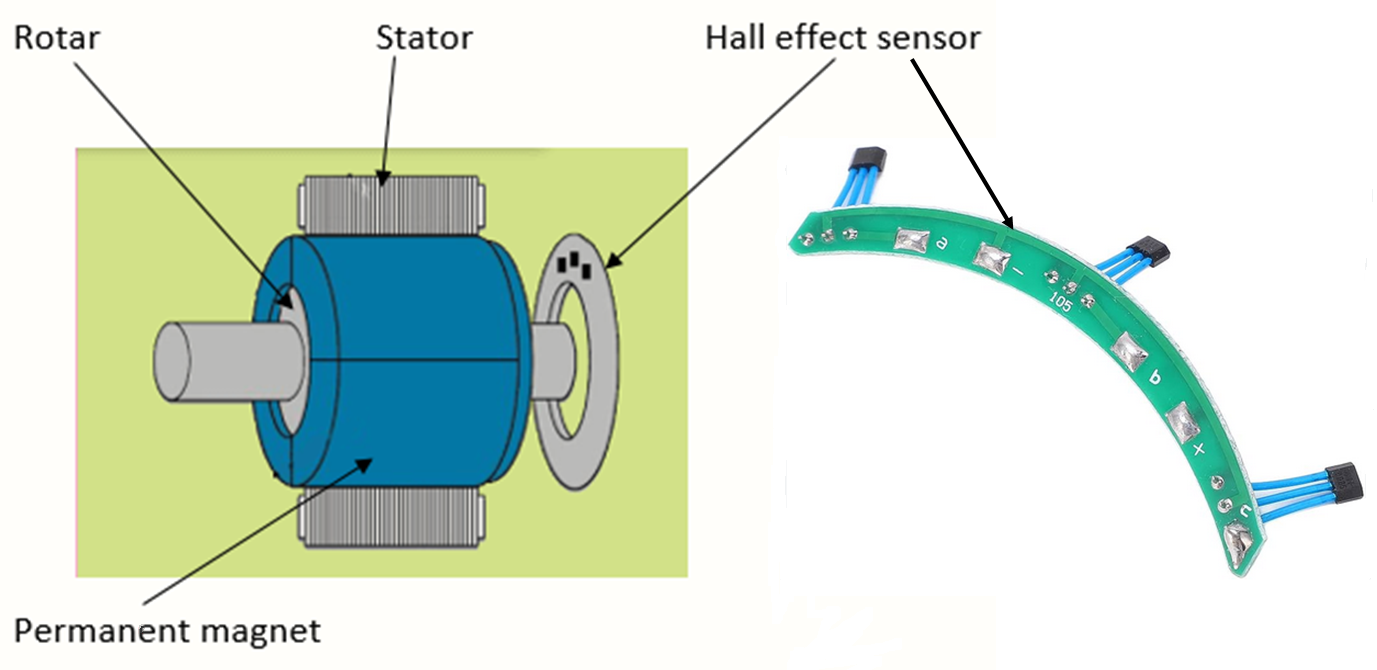
Hall effect sensors
The brushless DC motor circuitry uses a set of 'Hall effect sensors' to detect the presence and magnitude of the magnetic field. The Hall effect electronic sensor detects the output voltage, which is directly proportional to the strength of the field.
Micro-controller
A micro-controller receives the Hall sensor data to generate the pulse sequence. The pulse sequence controls the power transistors that switches the current in the motor windings.
Current flowing through the motor windings is switched in the correct sequence to ensure a smooth and efficient rotation.
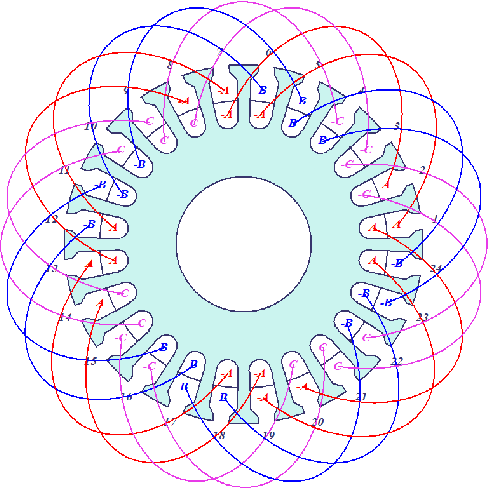
Coil phases
Why different coil phases are important for you to know...
The ideal number of coil phases for a particular electric scooter will depend on your specific riding needs.
A scooter motor with more coil phases - will give you more torque for climbing hills or carrying heavy loads.
A scooter motor with fewer coil phases - is best for riding at top speeds.
A BLDC motor has three coil phases, which are arranged in a star pattern.
Coil phases are an important part of motor design and operation with direct impact upon torque, speed, and control.
The coil phases are connected to the controller used in the switching circuit to activate the phases in a specific sequence. It's the sequence of activation which creates a rotating magnetic field and causes the rotor to spin.
Motor torque and speed
The number of coil phases in a BLDC motor affects the torque and speed of the motor.
A motor with more coil phases will have more torque, but will also reduce a scooter's maximum speed.
This is because the rotating magnetic field in a motor with more coil phases is stronger, which allows the motor to produce more torque. However, the stronger magnetic field also creates more resistance, which limits the top speed of the motor.
The most common number of coil phases is three.
This is because three-phase motors offer a good balance of torque and speed. However, some electric scooters use two-phase or four-phase motors.
- Two-phase motors - are less expensive than three-phase motors, but they have less torque and top speed.
- Four-phase motors - have more torque and top speed than three-phase motors, but they're also more expensive.
Motor control
The coil phases are also important for controlling the motor. The controller uses the phase sequence to control the speed and torque of the motor.
By changing the phase sequence, the controller can:
- Make the motor spin faster or slower
-or-
- Increase or decrease the torque
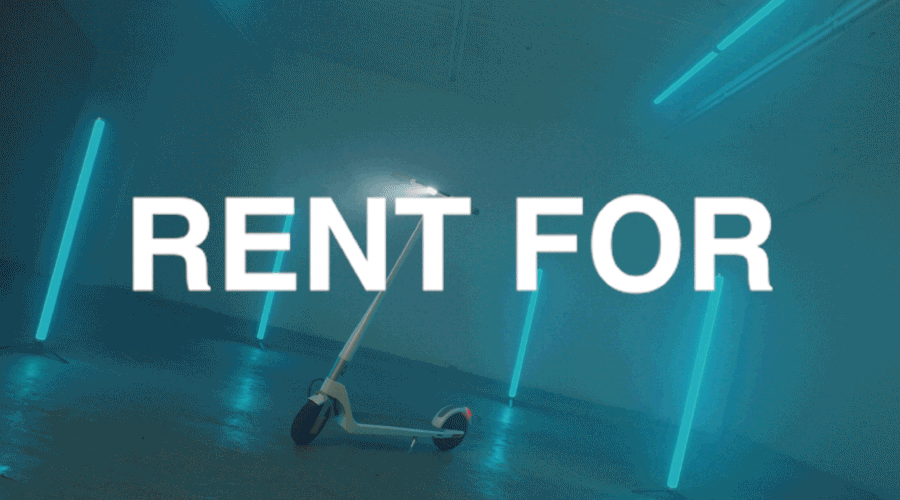
Summary - advantages of digital switching circuitry on a BLDC motor
Increased efficiency
Current is switched in the motor windings more accurately than a mechanical commutator. This can increase the efficiency of the motor by up to 10 per cent.
Improved reliability
Not subject to wear and tear like a mechanical commutator. Reliability of the motor can be improved by up to 50 per cent.
Greater control
More precise control over motor speed and maximum torque. Motor performance particularly enhanced in electric vehicles, including e scooters.
BLDC motors measure motor wattage differently
There's a key difference between how a brushless motor measures motor wattage compared to the previous brushed motor type. Here we will compare the two...
Peak vs. continuous power
BLDC motors are typically rated in peak power - the maximum amount of power a motor can produce for a short period of time.
The continuous power of a BLDC motor is typically lower than its peak power. This is because a brushless motor can only produce peak power for a short period of time before it overheats.
Brushed motors - are typically rated in continuous power. This is because brushed motors do not have the same problems in heat removal.
Torque vs. speed
Brushless motors are also rated in torque - the amount of force a motor can produce.
Torque is normally measured in Newton-meters (Nm) while the speed of a BLDC motor is typically measured in revolutions per minute (RPM).
Brushed motors - are usually not rated in torque. This is because the torque of a brushed motor is not as important as the speed of the motor.
Input vs. output power
Input power of a brushless motor is - the amount of power that is supplied to a motor from the battery.
Output power of a brushless motor is - the amount of power that is produced by a motor. The output power of the motor is typically lower than the input power due to losses in the motor.
Brushed motors - do not have as many losses, so the input power is typically very close to the output power.
Brushless motor layout
As a result of whether a DC brushless motor is needed for high torque versus rotational speed, the layout can be either:
- Out runner - the field magnet is a drum rotor which rotates around the stator. This type is preferred for applications that require high torque and where high rpm isn’t a requirement.
-or-
- In runner - the stator is a fixed drum in which the field magnet rotates. This motor is known for producing less torque than the out runner type, but is capable of spinning at very high rpm.
Example...
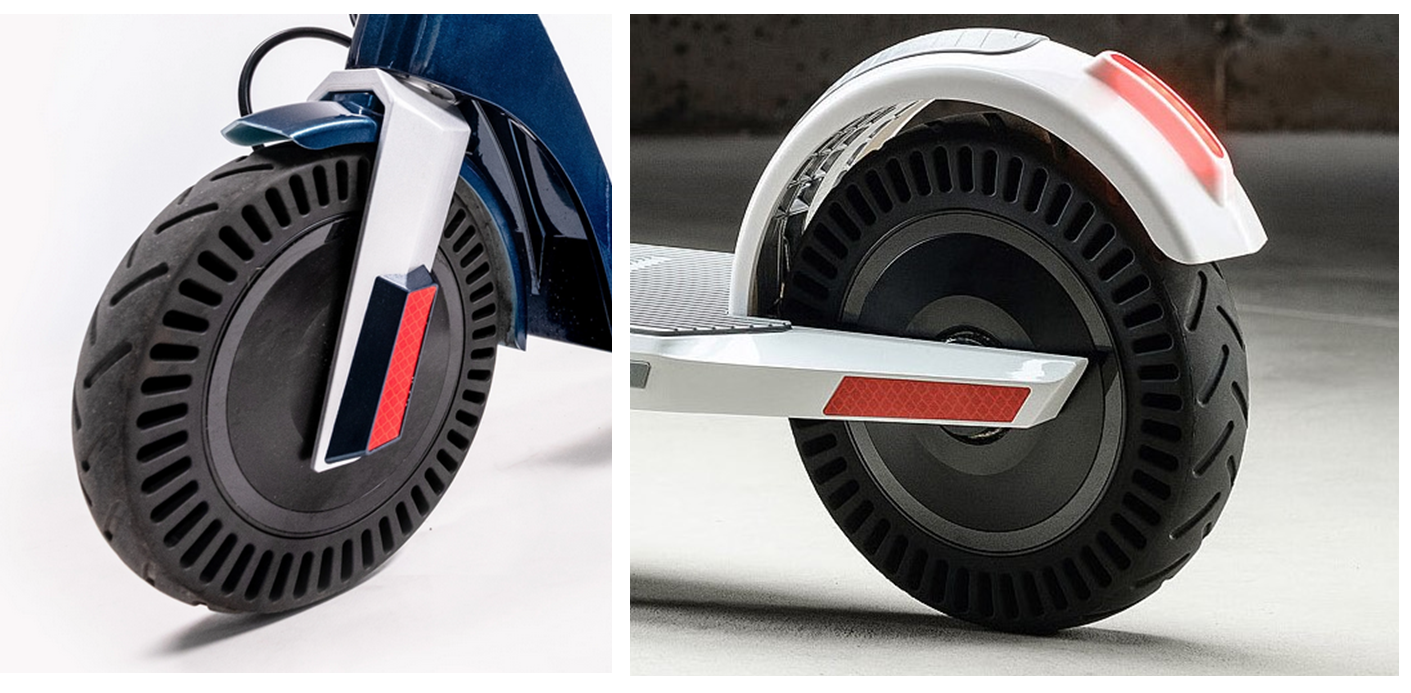
How does all the above technical stuff actually relate to how your e scooter performs on your daily commute?
A good example is the Unagi Model One (E500).
This particular e scooter has dual motors. A dedicated 250 watt brushless DC motor inside each wheel hub.
This means you get:
- 500 watts of electric scooter motor power - designed for handling the regular urban commute
-and-
- 32 newton meters of torque - amount of force produced to easily ride hill gradients of up to15 degrees.
Each motor also contains a monitoring system to prevent overheating.

Climbing steep hills - why a brushless DC electric motor is better
It's likely you'll need your scooter to tackle one or two steeper gradients on your daily commute. An electric scooter driven by a pair of brushless motors has extra power advantages for its hill climbing ability.
Higher torque
BLDC motors can produce more power at low speeds. Which is important for climbing hills, because it allows the motor to overcome the added resistance of the increasing gradient.
Efficient mechanical power
BLDC motors are more efficient at converting battery power into more mechanical power. An e scooter powered by a BLDC motor can climb a hill with less battery power, which can also help extend its range.
More precise control
BLDC motors give more precise control over acceleration and deceleration. This is important for climbing hills, because it enables you to maintain a steady speed and avoid losing momentum.

Advantages of brushless DC motors
It's clear from even a brief dive into the above info - brushless motors offer significant advantages for riding an electric scooter.
Top riding benefits are:
- Higher efficiency: brushless direct current motors are up to 90 per cent efficient in converting more battery power into mechanical power. This can give an electric scooter a travelling distance of up to 30 per cent further ( than a scooter with a brushed motor).
- More reliable: BLDC motors are known for their reliability, durability and longevity. They typically have a longer lifespan because there are no brushes to wear out. Their absence reduces mechanical friction, and the risk of wear and tear to provide a consistent performance.
- Quieter: BLDC e scooter motors are much quieter without brushes to create vibration. This makes the typical brushless motor a better choice for powering your electric scooter if you're mostly riding residential urban streets or in noise abatement areas.
- Cooling: BLDC motors are typically designed with effective cooling to help remove excess heat generated during operation, and help prevent issues related to overheating.
- Maintenance: brushless dc motors generally require less maintenance compared to brushed motors. Without brushes, there's no need for regular replacement or adjustment, resulting in lower maintenance costs.
Other added advantages:
- High speed performance under added weight (no brushes to limit speed).
- Smaller motor geometry, and lighter in weight than a brushed motor.
- Longer life as no inspection and maintenance required for commutator system.
- Higher dynamic response due to low inertia and carry windings in the stator.
- Less electromagnetic interference.
Disadvantages of BLDC motors
There are surprisingly few disadvantages to riding an e scooter with BLDC motors:
- More expensive: Electric scooters with BLDC motors are typically more expensive than e scooters with brushed motors. This is because they require more complex electronic controls.
- More complex: Although BLDC motors are far less likely to require repair (or constant maintenance) they are more complex to repair and maintain. This is because they require specialized knowledge and equipment to carry out the required repair.
Finally...
Most electric scooters today will have BLDC brushless motors powering forward their two wheels. But some e scooters may still be using brushed DC motors.
Your scooter's type of motor power determines how reliable, efficient, and hassle-free your daily ride to and from work will be. Or taking a fun ride around the park or local mall.
So it's worth checking out specifics, such as whether your scooter motor is managed by an electronic controller or commutator. And does it run on a 3-phase supply?
It could make all the difference between a basic ride and a fast glide.
Discover more about what REALLY makes a difference in scooter performance.
Check out latest independent REVIEWS on Unagi scooters and activities.












